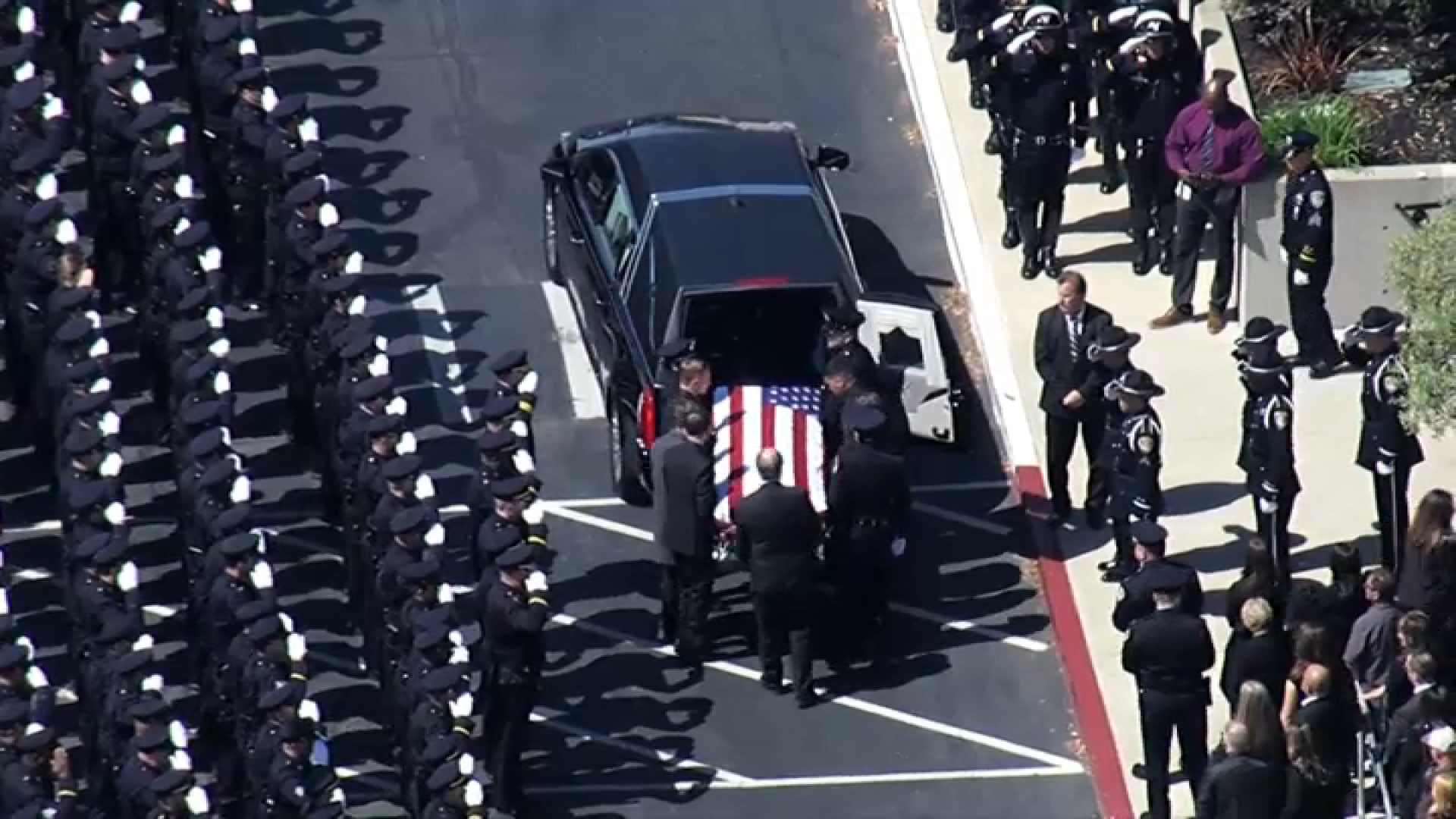For a region that rises and falls by its transportation, there's been very little fanfare for the anniversary of one of the greatest prognostications in Bay Area transportation history; it was 150 years ago the self-proclaimed Emperor Norton called for the construction of a bridge linking San Francisco and Oakland, more than six decades before the actual structure was built.
Joshua Norton, the failed rice merchant who upon losing his fortune in the 1850s declared himself Emperor of the United States, boldly called for a version of what would become the Bay Bridge in a series of three published proclamations in 1872.
His first missive followed the proposal by the Central Pacific Railroad to build a span across the narrowest point of the San Francisco Bay from Newark to Ravenswood -- now known as East Palo Alto. In a proclamation published in the Pacific Appeal on Jan. 6, 1872, Norton not only prohibited the building of the "Ravenswood scheme," but also ordered that a bridge be built between Oakland and Telegraph Hill via Goat Island, now known as Yerba Buena Island.
"Emperor Norton really caught onto this idea," said John Lumea, founder of the Emperor Norton Trust history group, "that really was somewhat in the ether of a full suspension bridge making a direct connection."
Get a weekly recap of the latest San Francisco Bay Area housing news. Sign up for NBC Bay Area’s Housing Deconstructed newsletter.
Norton raised the bridge issue again in a March proclamation that year, followed by one in September that took local leaders to task for inactivity in executing his idea.
"The last one saying basically if the city elders, city fathers of San Francisco and Oakland didn’t take up this proposal," Lumea said, "then basically they should be thrown in jail."
While the emperor's actual self-appointed powers were somewhat limited, he did hold the ear of the public, having had some 400 of his proclamations published in local newspapers. Yet it seems this wild idea was a bit ahead of its time.
Local
"At the time of course in 1872," Lumea said, "it was just something that everyone just thought was ridiculous."
Despite Norton's reputation as an eclectic, prowling the city in military garments, there was some public support for his vision. But even as late as the 1920s, engineers said such a bridge couldn't be built because of the treacherous currents and topography of the San Francisco Bay.
Norton died in 1880 -- it would take another 56 years before his ideas were vindicated as the first cars cruised across the newly-built Bay Bridge in 1936 -- 64 years since his proclamations.
"His writings and his thinking was so incredibly forward thinking," said Taryn Edwards, librarian and historian at San Francisco's Mechanics Institute library, "considering he was doing it 150 years ago."
Lumea and the Emperor Norton Trust have seized upon the anniversary to repeat its oft-repeated call for the state to name the bridge for Emperor Norton. In 2014, the state legislature voted to name the western span of the bridge for former San Francisco Mayor Willie Brown. But Lumea said it's not a done deal for the Norton name as other state bridges bear several honorary names apiece.
"We always say 'no it’s not about renaming,' Lumea said. "It’s simply adding an honorary name."
For Edwards, the choice to place Norton's name on the bridge goes beyond just a name; she sees it as a tribute to the many characters, artists and eclectics who make the area unique.
"I think it’s important to recognize the people who make San Francisco interesting, wild and kind of fun," Edwards said.
Lumea and some six other historians sent Brown a letter asking him to support the idea of adding Norton's name to the bridge. So far, the history buffs haven't heard back.
"If Willie himself was to say this is pretty great," Lumea reasoned, "then maybe there’s an opening here."
If anything, it adds a layer of intrigue to the story of San Francisco's greatest character whose image is now emblazoned on some of San Francisco's brand new $20 thousand trash cans.
"He was a real person with incredibly forward thinking ideas," Edwards said. "He just was a little eccentric."



